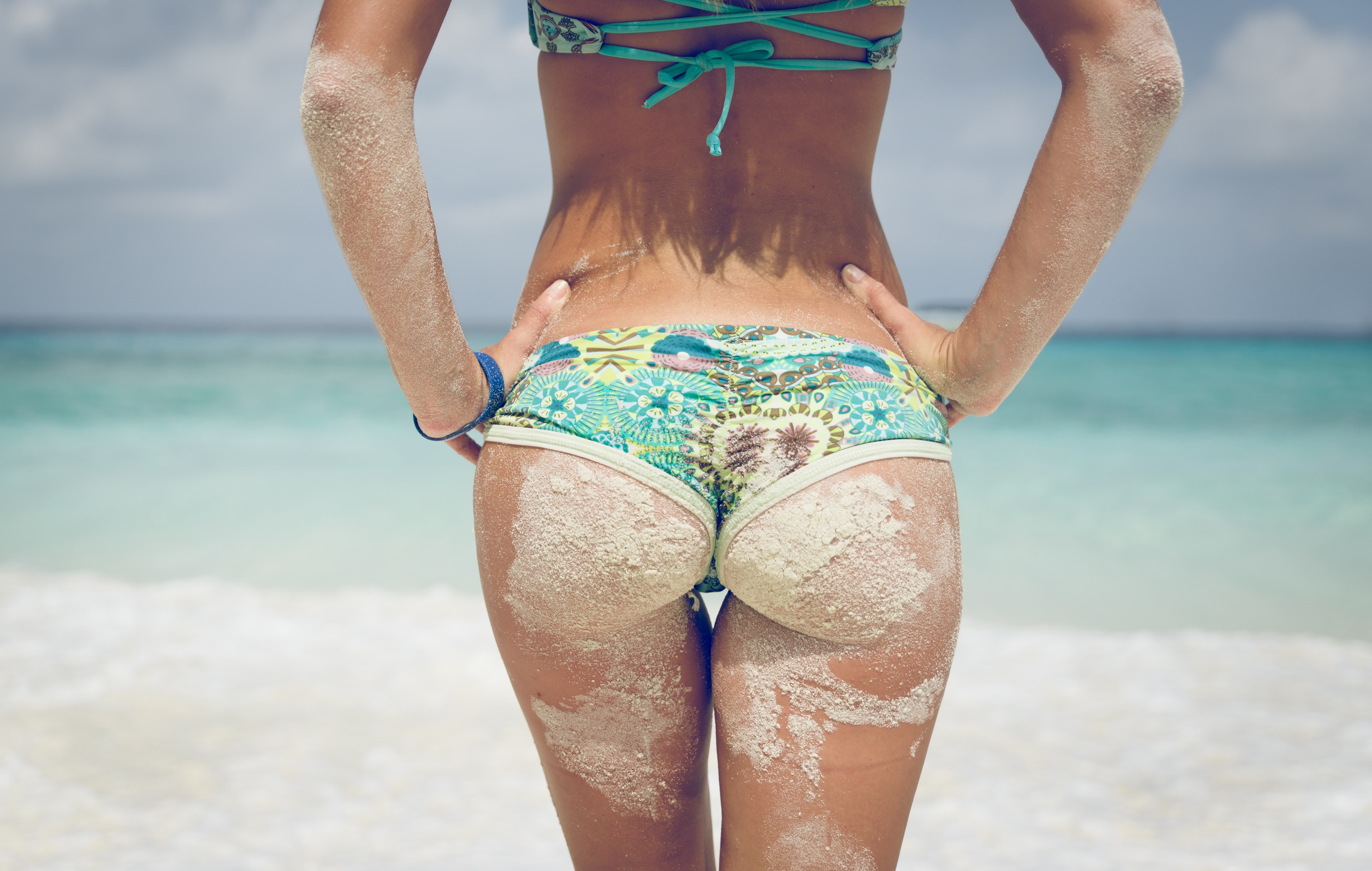By Dr Thierry Boisaubert

Reminder: Following a decree in 2011, the AFSSAPS (French Agency for the Safety of Healthcare Products) banned all lipolysis techniques. The only techniques still permitted are radiofrequency, focused ultrasound and cryolipolysis.
 What does it involve?
What does it involve?
To date, more than 3 million patients have undergone cryolipolysis.
It is suitable for all patients who are looking for a non-invasive technique to get rid of stubborn localised fat stores.
During the procedure, the fat stores are sucked into a suction tube and exposed to intense cold for an hour. The results become visible over two to three months, the time it takes for the fat cells − which are broken down by the cold − to be eliminated by the macrophages, whose job it is to eliminate all dead cells from the body.
A technique for localised fat
The ideal candidate for this technique is a slim individual with specific problem areas − such as saddlebags, a belly, love handles or back fat – that they are unable to shift through diet and exercise. There needs to be a minimum amount of fat to enable the bulge to be sucked into the device and for the treatment to be effective (around 40mm, measured using a body fat calliper).
Please note: It is important not to eradicate all of the belly fat, for example, because it plays a part in the metabolism by secreting hormones, in particular oestrogen, which have an important role to play in skin radiance.
Precautions for choosing the right centre
This innovative and effective treatment has also spilled over into beauty salons, which see this procedure as a financial honey pot and now offer cryolipolysis sessions at rock-bottom prices: from just 69 euros per session compared with 250 to 600 euros in a medical practice. But be careful: if not used properly, these devices can burn your skin or, at the very least, be ineffective. If you are tempted by one of these promotional offers, make sure you do your homework first. Call the centre and ask about the practitioners’ qualifications. If they tell you that beauty therapists perform the treatment, it is best avoided.
What can cryolipolysis do?
Cryolipolysis is a medical procedure, carried out under the control of a trained and qualified doctor, and can only be performed after a consultation and medical examination, which enables the doctor to recommend the correct indication for cryolipolysis on an area of localised fat and check that there are no metabolic, vascular or anatomical contraindications.
The cryolipolysis device is a medical device that carries the 93/42/CEE European directive. Given that the most effective devices are expensive, the majority of beauty salons cannot afford them.
In recent years, the decreasing prices of medical cryolipolysis devices enables doctors to offer cryolipolysis sessions at a more affordable price (250 to 600 euros per area treated).
Low risk of side effects
This is the reason why the technique is enjoying such great success. The only side-effects are redness, swelling and reduced sensitivity in the area treated for a few days after treatment. There are also very few contraindications: cryoglobulinemia, cold urticaria or paroxysmal cold haemoglobinuria, Raynaud syndrome, hernia, pregnancy, wearing of an electrical device, eczema, injury or inflammation of the treatment area. Certain areas are difficult to treat: the inner arms, thighs and knees all require careful examination, as there are vital elements just under the skin. To avoid all complications, the size, position and temperature of the device must be accurately determined.
Cryolipolysis is not an alternative to a weight-loss regime: diet and exercise should always be the primary solution.
 By Dr Thierry Boisaubert
By Dr Thierry Boisaubert
Dr Thierry Boisaubert, cosmetic doctor (Paris), contributor at the Esthelence centre www.esthelence.fr












